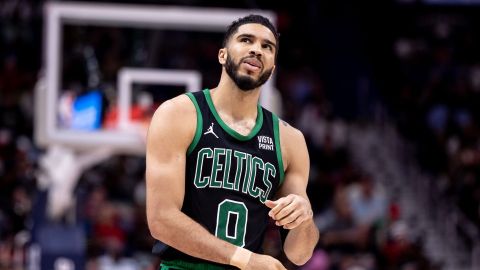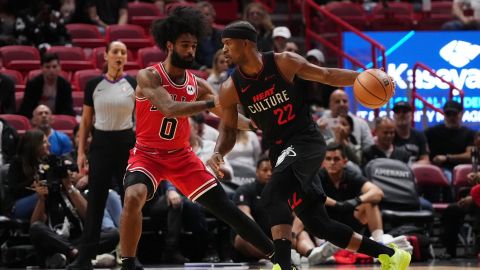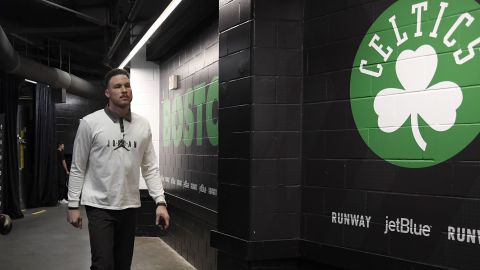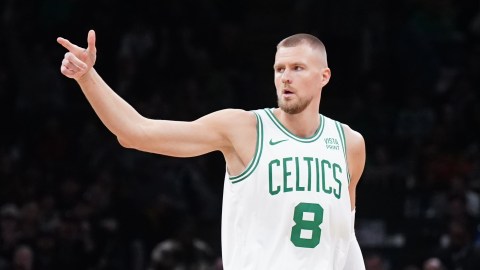Whoever coined the old truism "if it ain't broke, don't fix it" definitely wasn't referring to a professional basketball team.
That's part of the beauty of the NBA — every team, from the bottom of the barrel to the top of the heap, could stand to get better. There's no squad so strong that it wouldn't benefit from an extra impact player in the rotation. Everyone could use more talent, more depth, more flexibility, especially as the playoffs draw closer. No one's immune to that hunger for improvement.
Yet Celtics executive Danny Ainge, when asked last week by the Boston Herald about the roster spot freed up by the recent loss of Lester Hudson, insisted that "right now, I don’t see any needs." That's his story and he's sticking to it — and to that, I say…
Define "need."
Every team could use more depth. Always. There's no team that wouldn't be happy in April to reflect on a productive winter of picking up a couple solid contributors in the trade market. Even if you're one of the game's best, there's never time to get complacent.
The Celtics had no glaring needs in 2007-08. They already had the best team in the NBA, on their way to a 66-win season behind the strength of their newly assembled Big Three — but they didn't quit. They pulled P.J. Brown essentially out of retirement in February '08 to pad the depth of their big-man corps. Brown had been sitting out the whole season, and Ainge talked him into a cheap one-year deal. Then a week later, they went after Sam Cassell. They already had a roster packed with capable guards, but they saw a chance to grab a veteran backup with playoff experience, and they jumped on it.
The C's were already the class of the NBA, but they saw an opportunity to improve even more, and they did what anyone would do in that position: Take it.
Cassell became a serviceable backup for Rajon Rondo, learning on the job to be unselfish and put his teammates first. The experiment worked surprisingly well, and the Celtics managed to win with Cassell as the third or fourth guy off their bench. Brown adjusted slowly to being back in the league, but he eventually became one of the game's best backup centers down the stretch, picking up some minutes behind Kendrick Perkins on the depth chart. He also hit a crucial jumper in Game 7 of the Eastern Conference semifinals, giving the Celtics a three-point lead with 1:21 remaining in the game.
Opportunities like that come along every year. There are always chances to pad your lineup for the stretch run. And when is too much experience or too much depth ever a bad thing?
The Celtics, when healthy, have no immediate needs. They are a complete team on paper — they have a top-notch starting five and a bench with plenty of upside. They have sixth, seventh and even eighth men that most teams would be proud to start.
But they're not healthy, and there's also no guarantee that their bench will stay consistent as the year goes on — shooting slumps, rookie mistakes, stretches of poor play, these things happen. The Celtics need to be prepared.
Danny Ainge shouldn't hesitate to find this year's Sam Cassell or P.J. Brown. The possibility of landing Andres Nocioni still lingers, and he would make a valuable bench scorer in the same mold as Marquis Daniels. Other potential acquisitions will emerge as the next month's trade deadline draws closer — backup guards, backup big men or key role players that could help a potential playoff run.
Danny might say that he sees no needs, but as the playoffs draw near and he assesses his roster, he just might change his mind. For a Celtics team that's been beaten, bruised and fatigued all season, that wouldn't be the worst thing in the world.



